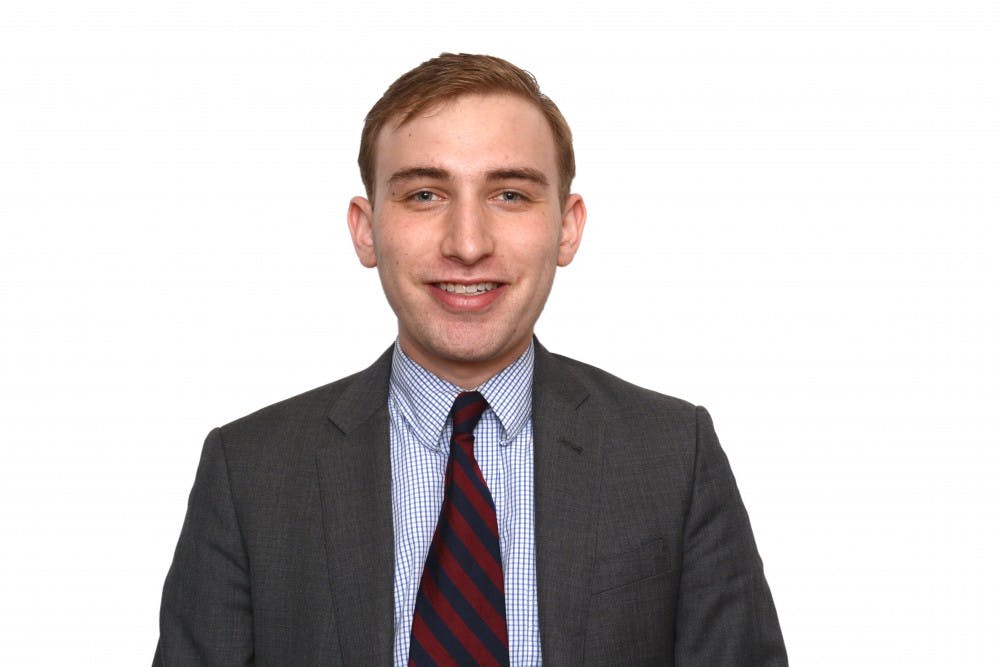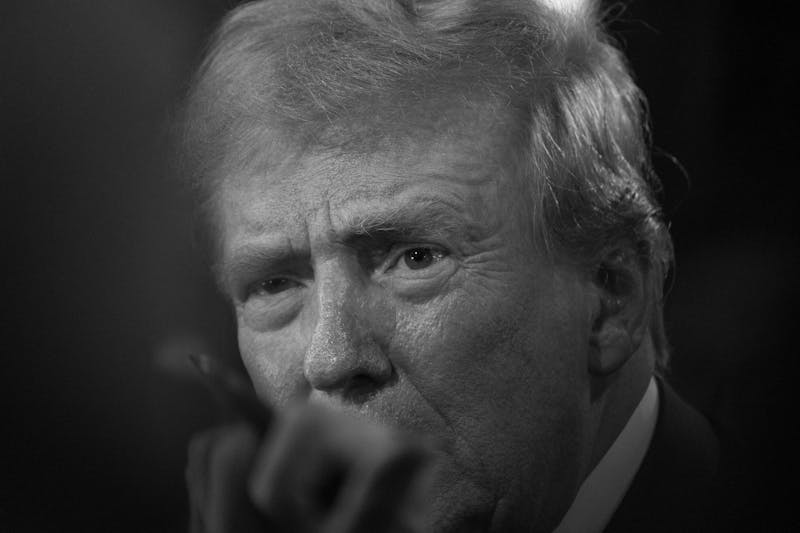In the wake of Ohio’s landmark vote against legalization, marijuana is clearly the sexiest topic in the drug policy debate. But what’s the most important?
The opioid epidemic — the recent and meteoric increase in heroin and prescription painkiller abuse — poses one of the most serious public health threats of our time. And yet, it receives a fraction of the press coverage debating the pros and cons of marijuana legalization. Did you know that this past month, President Obama unveiled a $133 million plan to address our nation’s opioid epidemic? Likely not.
It’s high time we start making the opioid epidemic a central part of our drug policy discussions.
The opioid epidemic started about 20 years ago in an unexpected place: doctor’s offices. There was a notion among physicians that pain was vastly undertreated, as well as a belief that patients were more satisfied and less likely to switch providers if they received a prescription during their visit. Naturally, doctors began prescribing painkillers more liberally. How much more liberally?
Prescriptions of opioid painkillers jumped almost threefold from 1991 to 2011. In hindsight, it is unsurprising that this increase had major, detrimental public health implications.
The problem with prescription painkillers is the dissonance between their actual and perceived risk. Prescription painkillers are popularly viewed as a low-risk product, probably because they’re provided by a trusted source (i.e. a doctor). A 2008 study found that people perceived prescription painkillers as less dangerous than Viagra, the smallpox vaccine or even artificial sweeteners.
But in reality, prescription drugs are extremely dangerous. Painkillers are chemically similar to heroin (a drug most people know is dangerous), and they share similar side effects in terms of high addiction potential and overdose potency. In 2013 alone, over 16,000 people died from a prescription drug-related overdose — around five times the number of fatalities of the 9/11 terrorist attacks in a single year — and an estimated 2 million Americans misused prescription drugs.
Aside from the human toll, there is reason to believe that the opioid epidemic may have a particularly severe effect on economic productivity. Opioids — which, in the past, almost always referred to heroin — were typically used by low-income individuals. But it is now middle-class, college-educated adults who are falling prey to prescription drug addiction. It is wreaking havoc on small towns across America. Vermont — a state better known for moose sightings than addiction — was so severely affected that its governor made the opioid epidemic the main focus of his 2014 State of the State address. One study estimates that, in 2007, the total economic cost of prescription drug abuse exceeded $50 billion.
Actions taken included fighting the problem at its source: by discouraging physicians from prescribing painkillers. Efforts to this effect included prescription drug monitoring systems to deter practices like doctor-shopping (where a patient visits several doctors to obtain prescriptions) and media campaigns encouraging physicians to think twice before prescribing painkillers.
While these efforts will likely curb prescription drug abuse and addiction rates in the future, it created an interesting problem for those already addicted. When doctors decreased the number of painkiller prescriptions issued, that left fewer prescription pills to be illegally resold, thereby significantly raising the street price of drugs like Vicodin and Percocet. Many of those addicted were now unable to afford prescription pills. Some found heroin — a drug many of them never dreamed of using — to be a cheaper alternative that provided the same “fix” as a painkiller. As a result, heroin use nearly doubled between 2005 and 2012, and overdose rates skyrocketed. To this day, opioid abuse rates — both in the form of prescription painkillers and heroin — are at severely elevated levels, and the human and productivity toll has been gargantuan.
Many important problems are still unsolved in our country’s fight against opioid abuse. For example, research supports that Medication-Assisted Treatment, a combination of medication and behavioral therapy, is a cost-effective treatment for opioid addiction. But a June 2015 study found that there is now a 1-million-person gap between supply and demand for MAT.
These are the most urgent drug policy problems we can address today. And I hope that these are the issues concerned citizens, media pundits and politicians will begin to broach.
Marijuana legalization is certainly deserving of voters’ and the media’s attention. But we should not let the marijuana debate overshadow our country’s greatest drug policy concern: the opioid epidemic.
THEODORE L. CAPUTI is a College and Wharton junior from Washington Crossing, Pa., studying finance/statistics and mathematics. His email address is tcaputi@wharton.upenn.edu. “The Quixotic Quaker” appears every other Wednesday.
The Daily Pennsylvanian is an independent, student-run newspaper. Please consider making a donation to support the coverage that shapes the University. Your generosity ensures a future of strong journalism at Penn.
DonatePlease note All comments are eligible for publication in The Daily Pennsylvanian.








